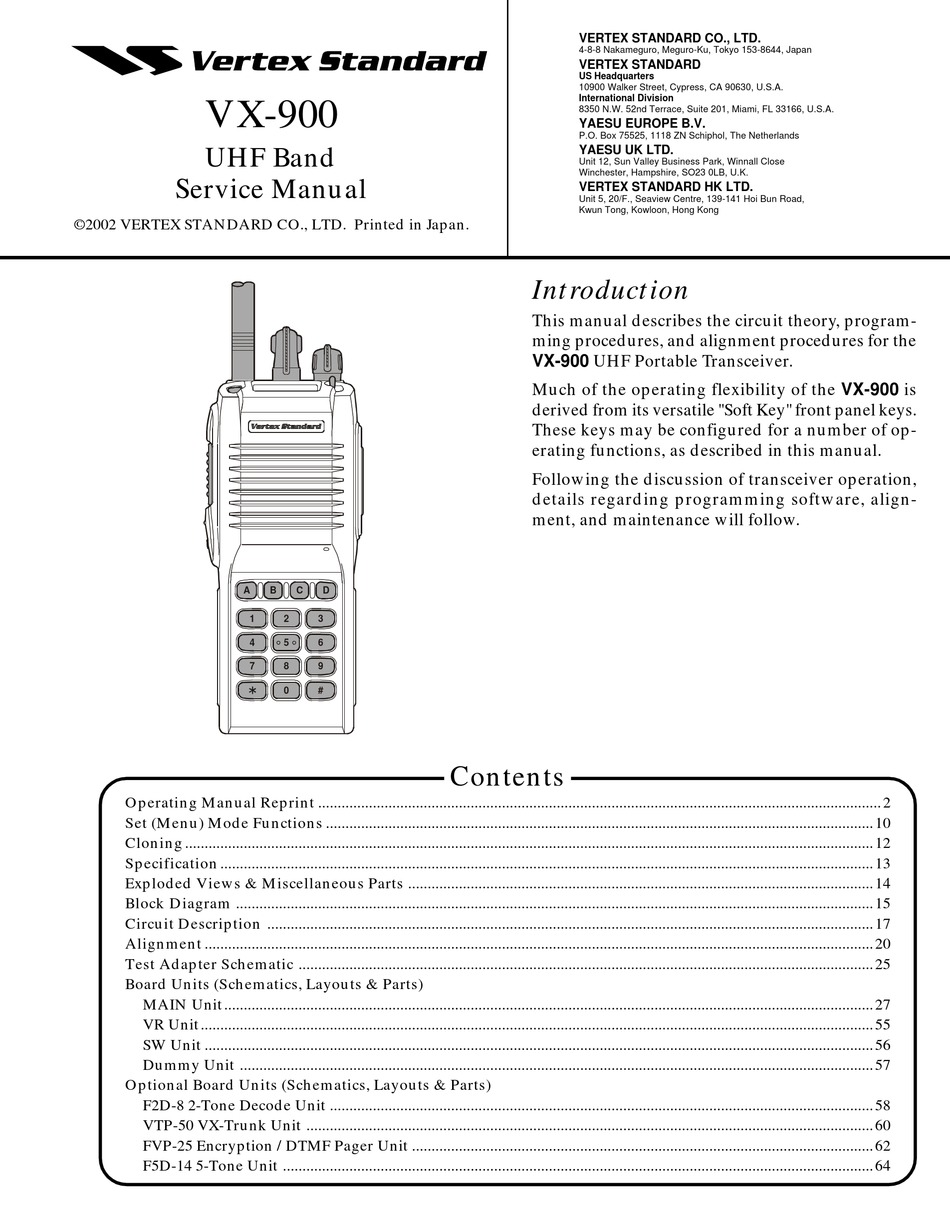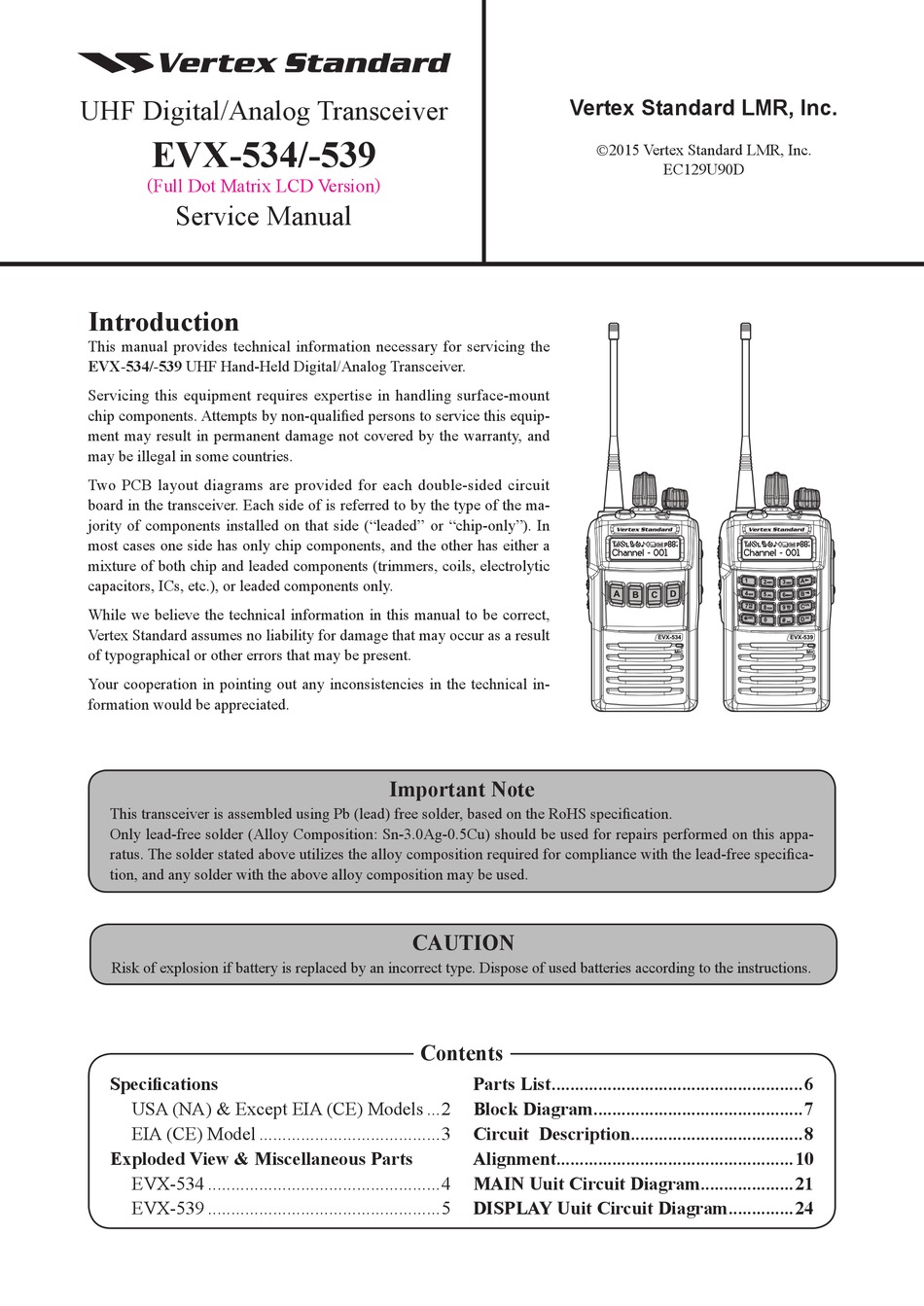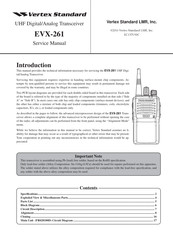

Adac Vertex Service Manual software#
High speed 110 characters/sec printer, clinical software packages, in vivo & in vitro data analysis, optional extras: third disk drive which allows simultaneous processing while acquiring data, 64k x 16 memory, 8" x 10" film camera, Polaroid camera, FORTRAN IV compiler, paper tape reader for input of RIA, high speed disk drive for list mode and mass storage, remote dual displays, color display, image transmission via telephone, Microdot (Serale TM) interface. Similar to ADAC's clinical Data System I but with an increase in memory to 40K x 16, dual 7" and 9" displays instead of a single display, 64 shades of gray, 512x512 image matrix, light pen with eight regions of interest (ROI's), dual 8" floppy disc drives. Nuclear Medicine Acquisition/Processing and Processing Only Workstations YearĪDAC first advertised computer for less than $30,000 with 32K memory (Dec 1975) Optional teleprinter on mobile cart, model ASR-33, ADAC Lister, model ADL-150 Includes Spectrometer/scaler model SS-101, single probe stand on wheels, model SPS-4 and a gamma probe, model PA-6. Mobile uptake system, thyroid uptake, cardiac output, clearance studies such as kidney & liver. Software based feature for Mednet product RP/ED (Renal Perfusion/Excretion Determination) Patient Positioning Chair for Mednet System Network based Nuclear Medicine Analysis (off site) Products Network based Nuclear Medicine Analysis and early products Year


In 1996, ADAC was the recipient of a Malcolm Baldrige National Quality Award and during that year employed 720 people worldwide. ADAC filed the lawsuit in direct response to the Elscint litigation". District Court in San Jose, California, charging Elscint with violating the Philips patents. "ADAC announced it had filed a patent infringement claim against Elscint in U.S. patents and 56 foreign patents and patent applications. In 1993 it was sued by Elscint for patent infringement and in 1994 purchased Philips' nuclear medicine patent portfolio, consisting of 13 U.S. The 1990s were the dominant decade for ADAC in terms of gamma camera production, manufacturing the Argus, Genesys, Polaris, Thyrus, Transcam, Vertex, Forte and Skylight gamma cameras as well as the EPIC detector and molecular coincidence detection (MCD) option, along with the Pegasys nuclear medicine processing workstation and radiation treatment planning systems (RTP). At that time, the Dutch vendor licensed its nuclear technology to both ADAC and Digital Design of France". In 1987-88 ADAC maintained Philips ARC gamma camera installed base under licence and In ~1991 Philips exited the nuclear medicine market. In the early years ADAC developed both small nuclear medicine related hardware and software products but between 1975 and the 1980s, become better known for their computer systems such as the CDS and DPS acquisition and processing systems. It was incorporated in California on October 14, 1970. Although most people called the company ADAC or adaclabs, the name ADAC was an acronym of Analytical Development Associates Corporation. 4747 Hellyer Avenue, San Jose, CA 951, then 255 San Geronimo Way, Sunnyvale, CA, then from ~1993, 540 Alder Drive Milpitas, CA 95035. It was originally located at 10300 Bubb Road, Cupertino, California, 95014, then as the company expanded moved in turn to the following locations.

Adac Vertex Service Manual serial number#
Skylight serial number label on 2008 manufactured system showing ADAC Laboratories Milpitas address.ĪDAC Laboratories was a Silicon Valley medical device company specialising in nuclear medicine gamma camera manufacturing and associated nuclear medicine processing computers and software.


 0 kommentar(er)
0 kommentar(er)
